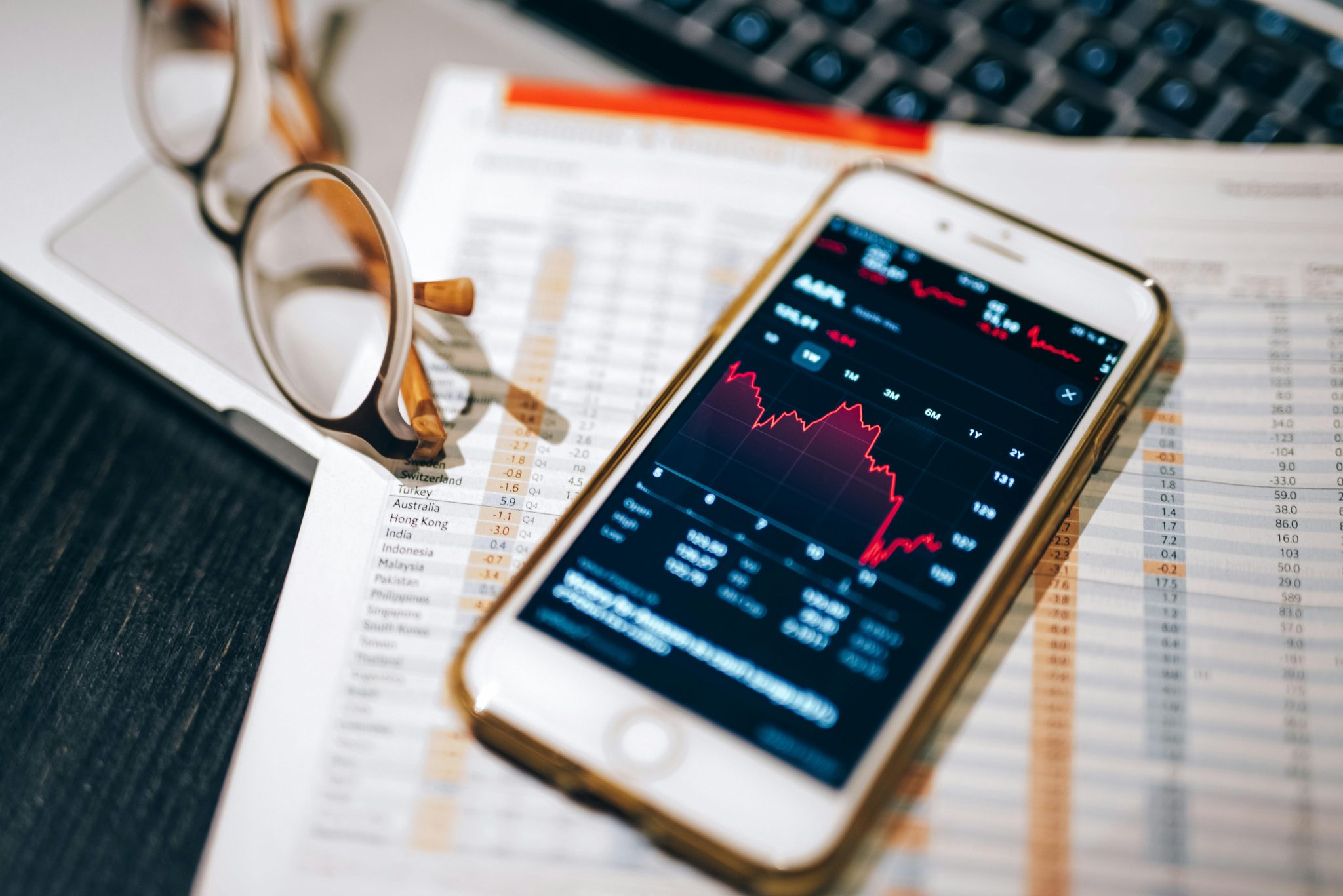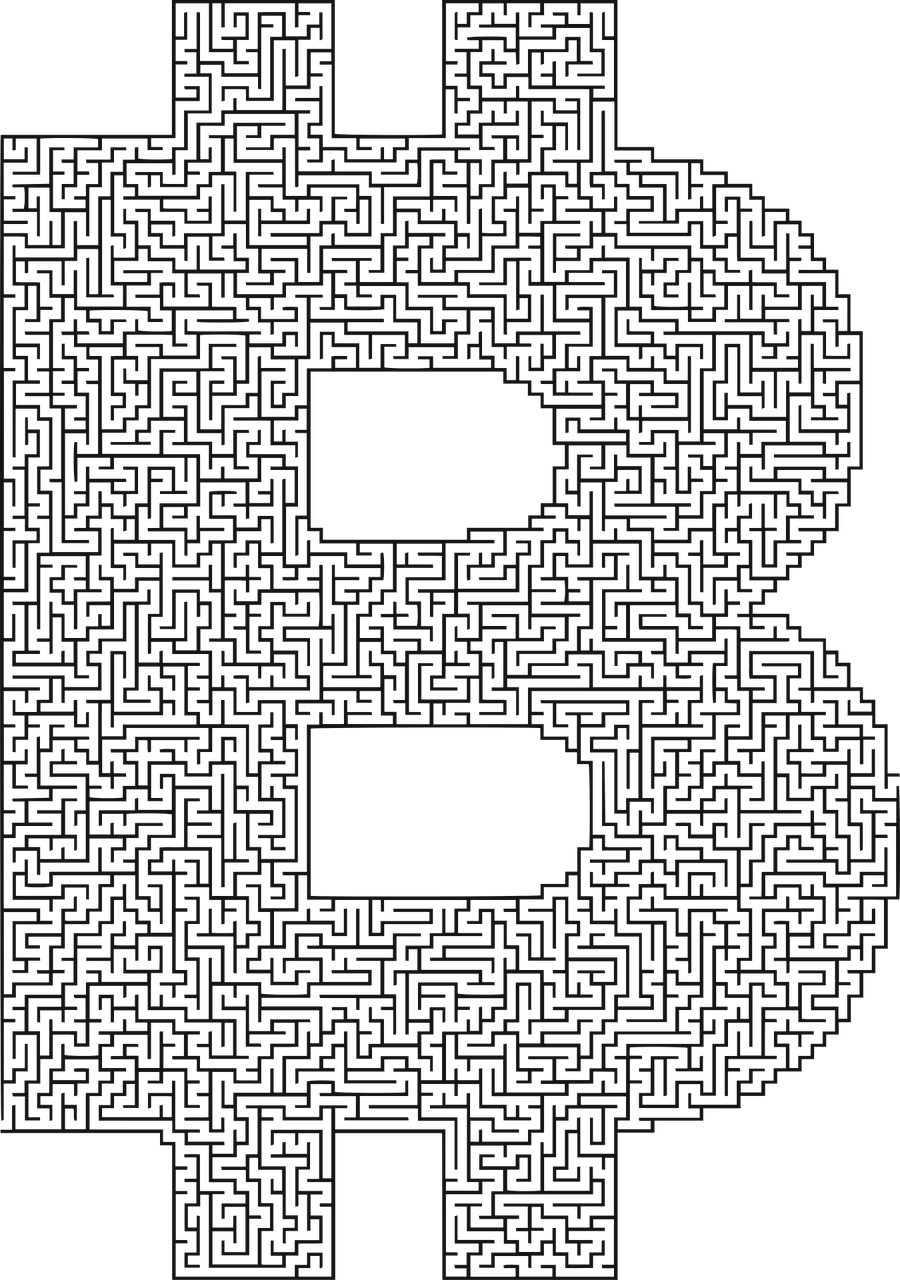
Introduction
In the rapidly evolving landscape of blockchain technology, token scalability emerges as a crucial consideration for both developers and investors. As tokenized platforms gain traction, understanding the intricacies of token scalability becomes essential. This comprehensive article explores advanced blockchain architectures, offering insights into their ability to support scalable tokenization. By delving into practical examples and providing actionable insights, this piece aims to equip readers with valuable knowledge about optimizing token scalability.
Understanding Tokenized Platforms
A tokenized platform is a blockchain-based ecosystem where digital assets, or tokens, represent a myriad of real-world assets. These tokens facilitate transactions, governance, and access within decentralized applications. Tokenization offers benefits such as enhanced liquidity, fractional ownership, and automated compliance. However, as tokenized platforms grow, scalability challenges arise, necessitating innovative blockchain architectures to ensure seamless operations.
The Importance of Token Scalability
Token scalability refers to a blockchain’s ability to handle an increasing number of token transactions without compromising performance. For developers, scalable tokenization ensures efficient network operations, while investors benefit from reduced transaction costs and improved market fluidity. High token scalability is crucial for supporting the growing demand for tokenized assets across various industries.
Advanced Blockchain Architectures for Scalability
Several advanced blockchain architectures have emerged to address scalability issues in tokenized platforms. These include:
- Layer 2 Solutions: By offloading transactions from the main blockchain, layer 2 solutions like the Lightning Network and Optimistic Rollups significantly enhance transaction throughput.
- Sharding: This technique involves dividing the blockchain into smaller, manageable shards, allowing parallel processing of transactions to boost scalability.
- Directed Acyclic Graphs (DAGs): Unlike traditional blockchains, DAGs enable asynchronous transaction processing, improving scalability and speed.
Practical Examples of Scalable Tokenized Platforms
Several blockchain projects exemplify effective token scalability:
- Ethereum 2.0: By transitioning to a proof-of-stake consensus and implementing sharding, Ethereum 2.0 aims to significantly increase transaction capacity and scalability.
- Polkadot: With its multi-chain framework, Polkadot facilitates interoperability and scalability across diverse tokenized platforms.
- Solana: Known for its high throughput, Solana employs a unique consensus mechanism called Proof of History to achieve remarkable token scalability.
Actionable Insights for Developers
Developers seeking to optimize token scalability should consider the following strategies:
- Leverage layer 2 solutions to enhance transaction speed and reduce costs.
- Explore sharding techniques for efficient data management and parallel processing.
- Consider integrating DAG-based architectures for asynchronous transaction handling.
- Continuously monitor and optimize smart contract performance for scalability improvements.
Investment Opportunities in Scalable Tokenized Platforms
Investors keen on capitalizing on scalable tokenized platforms should focus on projects with strong scalability roadmaps. Prioritize platforms that demonstrate tangible progress in adopting advanced architectural solutions. Additionally, assess the platform’s governance model to ensure long-term sustainability and adaptability to evolving scalability needs.
Conclusion
As blockchain technology continues to innovate, token scalability remains a pivotal factor for the success of tokenized platforms. By understanding advanced blockchain architectures and applying practical strategies, developers can enhance scalability, while investors can make informed decisions. Embracing scalable solutions ensures the continued growth and viability of tokenized ecosystems, unlocking new opportunities in the digital asset landscape.






